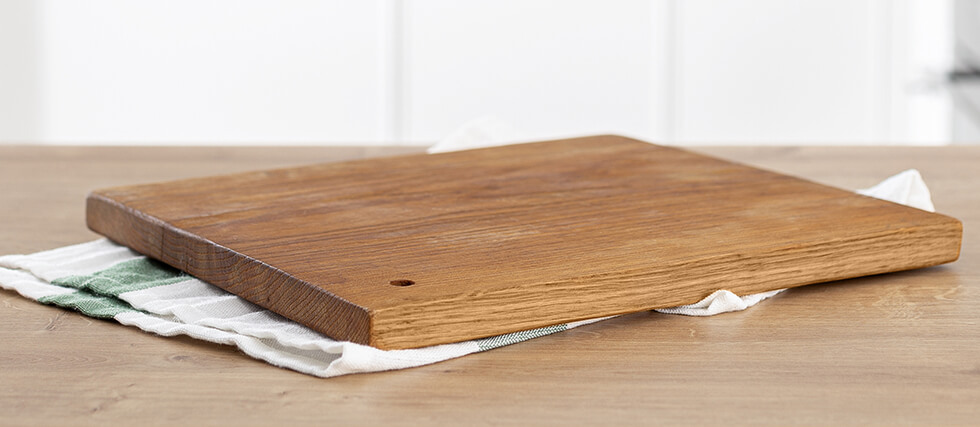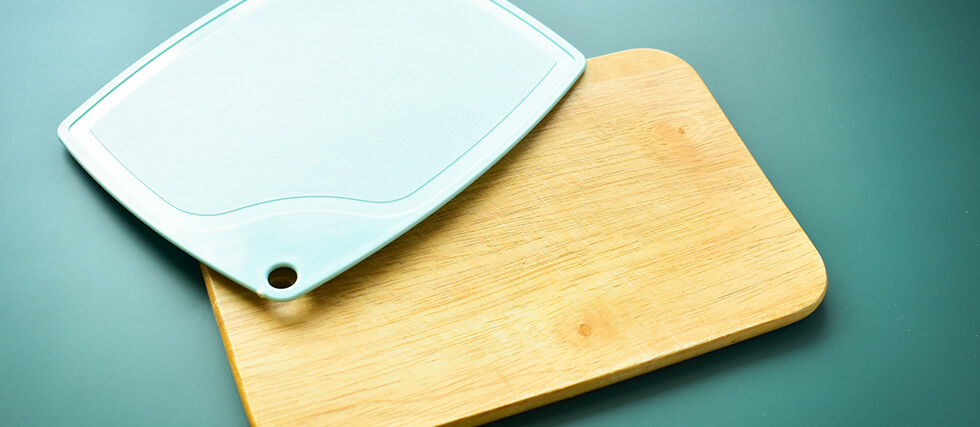When Should You Really Replace Your Cutting Board?
A good cutting board is the workhorse of any kitchen, but even the best board has its limits. Over time, daily slicing, dicing, and scrubbing can leave behind grooves and damage that may harbor bacteria. According to the USDA, it’s time to replace your cutting board when deep cuts form or it becomes too worn to clean properly. But how long that takes depends a lot on the material.
Plastic boards are lightweight, affordable, and easy on knives—but not built to last forever. Once you see deep grooves or notice tiny bits of plastic flaking off, it’s time to retire it. Bright-colored boards can help you spot wear sooner. As a general rule, replace plastic cutting boards about once a year. Hand-washing helps extend their life, though they can go in the dishwasher when needed.
Wood boards are the MVPs of cutting surfaces—gentle on knives, durable, and repairable. Scratches and nicks? No problem. A quick sanding and a rub of food-grade mineral oil can bring them back to life. But they require care: never run them through the dishwasher. Always hand wash, dry thoroughly, and store upright so air can circulate. With good maintenance, a wooden board can last for decades. Replace it only when it’s deeply grooved or warped beyond use.
The bottom line: No cutting board is forever, but choosing the right material and giving it proper care can extend its life. Keep it clean and dry, and when it’s finally time to let go, consider that wood boards can be composted—making even your kitchen waste a little more sustainable.




